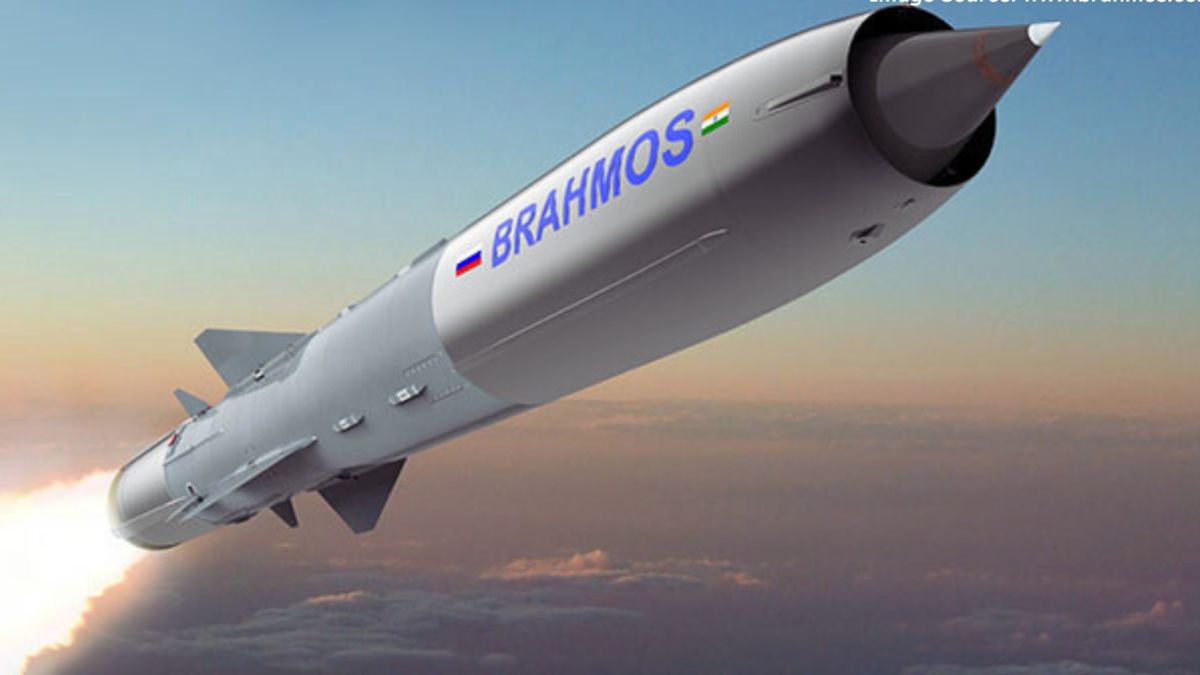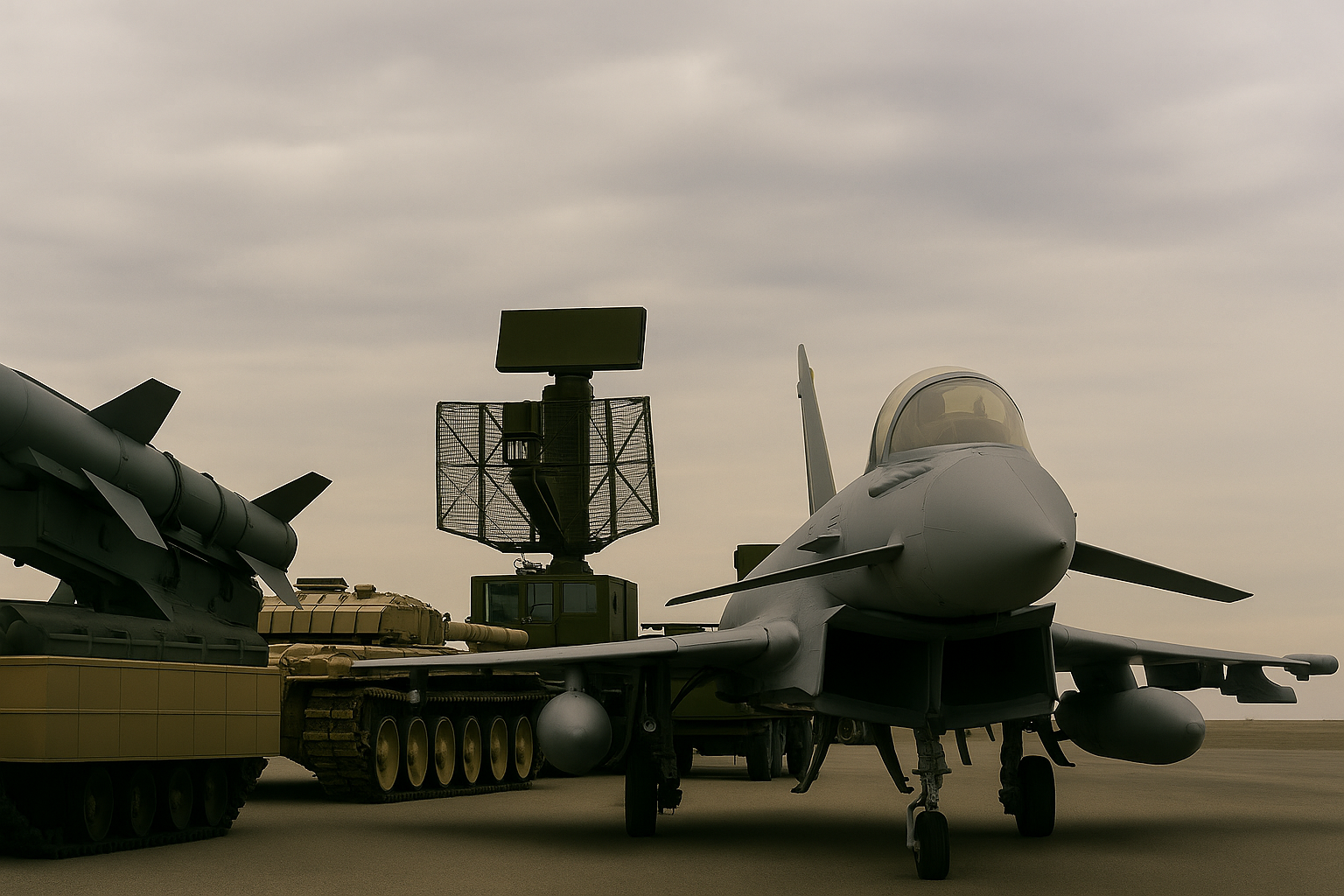Caused Great Confusion: Yemen’s Houthis On Israel’s Hodeidah Port Strike; A Look At Their Air Defence Arsenal

Iran-backed Houthi militants in Yemen have steadily built an air defence arsenal capable of downing advanced aircraft and drones. Image courtesy: AI-generated picture via Sora
Israel carried out airstrikes on Yemen’s Red Sea port city of Hodeida on Tuesday (September 16, 2025), targeting what it described as Houthi military infrastructure. The Israeli military said the strikes were aimed at facilities within the port allegedly used by the Iranian-backed Houthi movement to smuggle weapons supplied by Tehran.
According to Israel, the arms shipments are intended to support attacks against Israel and its regional allies. These latest strikes by Israel came as hundreds attended funeral services for 31 Yemeni journalists, who were reported killed in airstrikes last week which were aimed at Houthis in the Yemeni capital, Sanaa.
Meanwhile, Houthi spokesperson Yahya Saree confirmed that the group’s air defence systems had engaged Israeli aircraft. Writing on X, Saree claimed the Houthi air defences caused great confusion for Israeli aircraft and forced some combat formations to leave Yemeni airspace before carrying out the attacks.
What Do We Know About Houthi Air Defences?
Iran-backed Houthi militants in Yemen have steadily built an air defence arsenal capable of downing advanced aircraft and drones. The US military has acknowledged multiple MQ-9 Reaper losses, while the Houthis themselves claim more than 20 since October 2023, numbers that highlight their ability to challenge sophisticated air platforms.
Since March 2024, US officials say Houthis have brought down at least 6-7 MQ-9 Reapers, while the group claims over 22 kills, according to a report in The War Zone. Independent verification remains difficult, but the trend underscores mounting risks for US and allied air operations over Yemen.
What missiles form the backbone of Houthis’ arsenal?
The Houthis’ most modern systems are the Barq-1 and Barq-2, derivatives of Iran’s Taer series SAMs, themselves based on Russian SA-6 and SA-11 designs. Claimed ranges:
Barq-1: up to 50 km, 15 km altitude
Barq-2: up to 70 km, 20 km altitude
While unverified, these figures, if accurate, make them potent against high-altitude drones and combat jets.
Do they have Iranian-supplied SAMs?
Yes. The 358 (Saqr-1), an Iranian turbojet-powered missile, is operational with the Houthis. Unlike traditional surface-to-air missiles, it can loiter in figure-eight patterns, hunt targets with multiple infrared sensors, and potentially evade countermeasures. A newer Saqr-2 and a larger “359” are also in circulation regionally, though not yet confirmed in Yemen.
Have Houthis repurposed old Soviet and Russian weapons?
As per the TWZ report, the Houthis have adapted R-73, R-27, and R-77 air-to-air missiles into ground-based SAMs, rebranded as Thaqib-1/2/3. They also captured legacy SA-2, SA-6, and SA-7 systems from Yemeni stockpiles, some of which remain in service or have been modified into ballistic and anti-ship missiles.
The Houthis claim to have converted the Badr-1 missile into the Maraj/Miraj SAM, though its effectiveness remains questionable. Another system, the Fater-1, is a locally branded clone of the SA-6’s 3M9 missile, shown mounted on Kub launchers.
Captured Soviet-era radars like the P-18, P-19, and PRV-13 provide surveillance and targeting support. Combined with Iranian-supplied optics and sensors, these give the Houthis a credible early-warning and tracking capability.
Bottom line: How dangerous is Houthis’ air defence?
While not a fully integrated air defence system, the Houthis’ mix of Iranian-supplied, repurposed, and improvised SAMs presents real risks. The repeated MQ-9 shootdowns, coupled with the US military’s use of stand-off munitions and even stealth bombers, show that Yemen’s skies are far from permissive.







